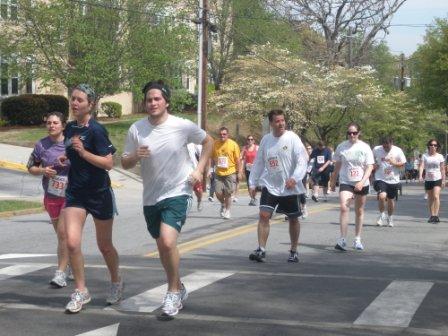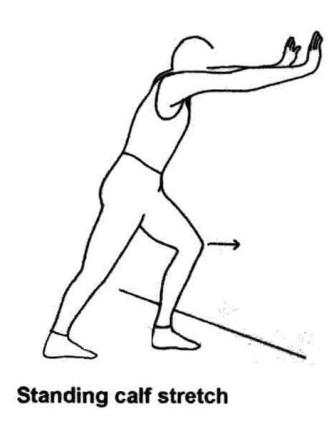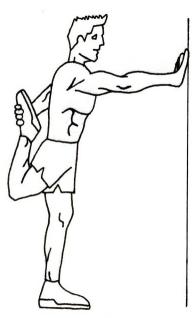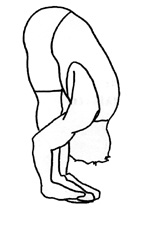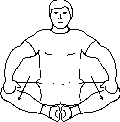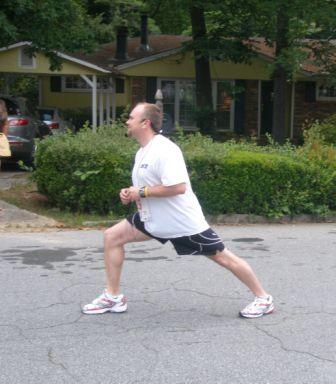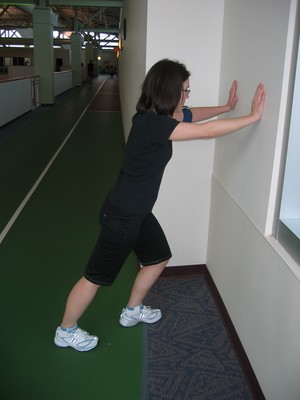Running a 10K for Beginners
Wednesday, July 29th, 2009So I’ve developed some great training plans but someone I recently met, who is a walker but wants to get into running, said starting off with 2.5 miles for a 10K training plan was too much. I mean, come on, that’s actually the second day of the training, the first day of the training plan is stretching! After that you should be ready to run 2.5 miles right?! Well, I have so much “swag” that I can admit when I make a mistake. You should try it sometime Mr. Kayne “Swag” West. Here at SeriousRunning.com we are for the people. In order to make sure I needed to make a change, I got a larger sample size on Twitter to this question, ‘is 2.5 miles too much to start off for a beginning runner?’ All the tweets pretty much agreed it was too much. Twit Nation has spoken. I’ve brought down the “Beginner” 10K plan for the masses, so check it out. However, before you take on the running challenge, listed below are some things you need to do before starting a training plan. Like an old man, ease yourself into the warm bath of running.
Running Shoes: The right pair of running shoes is imperative for a new runner. Your body is not used to the impact it gets from running; with the wrong pair of running shoes this impact could lead to an injury. Go to a specialty running shoe store in your area and get “fitted” for the right pair of running shoes. Make sure to go to a running shoe store where the employees watch you run in the shoes. Everybody’s body mechanics are different and you need the perfect running shoes for you.
Walk: You need to walk before you can run, even toddlers know that. Before starting a running training plan do some walking. It will improve your cardiovascular system while also shedding excess pounds you have from not being active for so long. Those excess pounds will make you more likely to get injured because of the extra weight “pounding” on your joints.
First 5 days: When you decide to start running you need to do it consistently in order to maintain the habit. Make sure you do the first 5 days consecutively, no matter what other life conditions may occur. Studies have shown that people who first start running and do it for 5 days in a row are much more likely to stick with it.
Eat Right: Beginning runners don’t necessarily need the same foods and nutrients that long distance, competitive runners do, but you do need to make sure you don’t eat junk. I would consider junk to be anything fried, full of sugar, or fat. A burger, fries, and a coke for lunch isn’t going to motivate you to go running that evening. Make sure you eat things that will not stay with you for 24 hours and make you feel “sick” during your next run.
Stretch: Do many different stretches. Here are some basic stretches to get you started. Since your body is not used to the strenuous activity of running, it is important that you “wake it up” and get it ready for running. Stretching directly after the run or anytime of the day will also help keep you loose.
If you do these five things you will like running, stick with it, and become a serious runner in no time. Isn’t that what everyone wants to achieve anyway? To be more like me.


